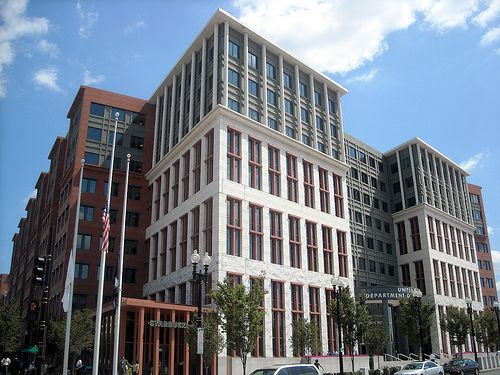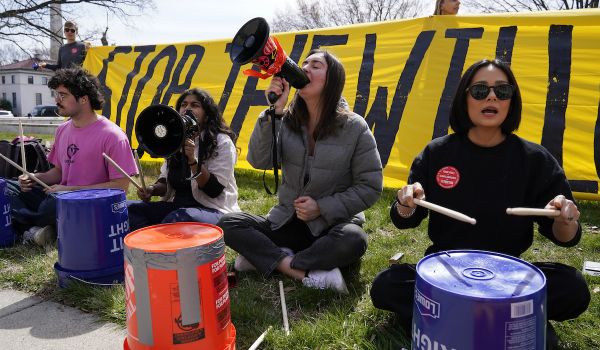When it comes to transportation in America, it’s all about the states. State departments of transportation determine how federal highway dollars are distributed. State legislatures choose whether to allow cities and counties to tax themselves for the purposes of improved transportation. And state approval is necessary when regions want to create transit districts. The result: Cities and their suburbs are stuck when they want to plan and finance alternative transportation.
Today’s Washington is not doing enough to stem that state power. Our national leaders are beholden to the interests of state departments of transportation, and that’s a terrible thing.
Indeed, the strength of state governments in making transportation decisions is one of the primary culprits for the highway-dependent state of the American landscape, in addition to the federal urban renewal policies and Interstate Highway legislation that are more typically singled out for blame. This fact comes to the serious detriment of metropolitan areas, which lack the fiscal ability and legal right to make full decisions about their transportation futures.
The most obvious example of the negative consequences of state control over transportation spending is the fact that even though most highway transportation appropriations (called “flex dollars”) can be used for any type of transportation, including transit, virtually all of it is spent on roads construction.
That’s because the politics of almost every state are dominated by rural and suburban constituents, or, in other words: car drivers. The urban transit users, pedestrians, and bike riders are typically at the back of the pack when it comes to representation.
Despite its interest in addressing urban issues, the Obama Administration has not done much to change the situation. Nor has the Democratic Party-controlled Congress, whose primary constituency, lest you forget, lives in urban areas whose inhabitants need improved access to alternative forms of transportation.
If it wanted, Congress could approve a transportation appropriations bill that significantly increased spending on public transportation. Or it could reinforce the existing system, in which highway construction gets three times the investment as transit, and in which bike and pedestrian infrastructure get virtually nothing. Unfortunately, at least so far, it’s making the latter choice.
Just last week, Senator Barbara Boxer (D-CA), head of the Senate’s Environment and Public Works Committee, announced that she would begin work on the next transportation bill this spring. Her first action was to call on a group called the American Association of State Highway and Transportation Officials (AASHTO) to review the previously announced House bill (“literally, with a pen”) and give her its suggestions. Senator Boxer would only begin her own consideration of the bill from there.
The AASHTO, as its name makes clear, represents in Washington the nation’s state departments of transportation, and its mission is clear: maintain the status quo when it comes to divvying up financing for roads and transit. Its three top leaders represent some of the country’s most rural states: Mississippi, Nevada, and Utah. The fact that the organization, at least according to its numerous reports on the subject, considers acceptable the current three-to-one distribution of funds towards highways and away from alternatives surely is no coincidence.
But the influence of the AASHTO in decision-making is impossible to ignore, because congressional representatives and especially senators must at least appear to be interested in the opinions of state-level interests. This means that any hope of reforming the transportation system so that it provides more funds for alternatives seems unlikely. The goal of transferring more funds to metropolitan areas so they can make their own decisions about what to build is, simply put, politically infeasible.
There’s no reason for advocates of alternative transportation to take this badly: they still have the ability to make a difference in how government funds are spent. It’s just that much of the fight they’re currently advancing on Capital Hill would be more productive if pursued at the state house.

Yonah Freemark is a senior research associate in the Metropolitan Housing and Communities Policy Center at the Urban Institute, where he is the research director of the Land Use Lab at Urban. His research focuses on the intersection of land use, affordable housing, transportation, and governance.


_600_350_80_s_c1.jpg)













